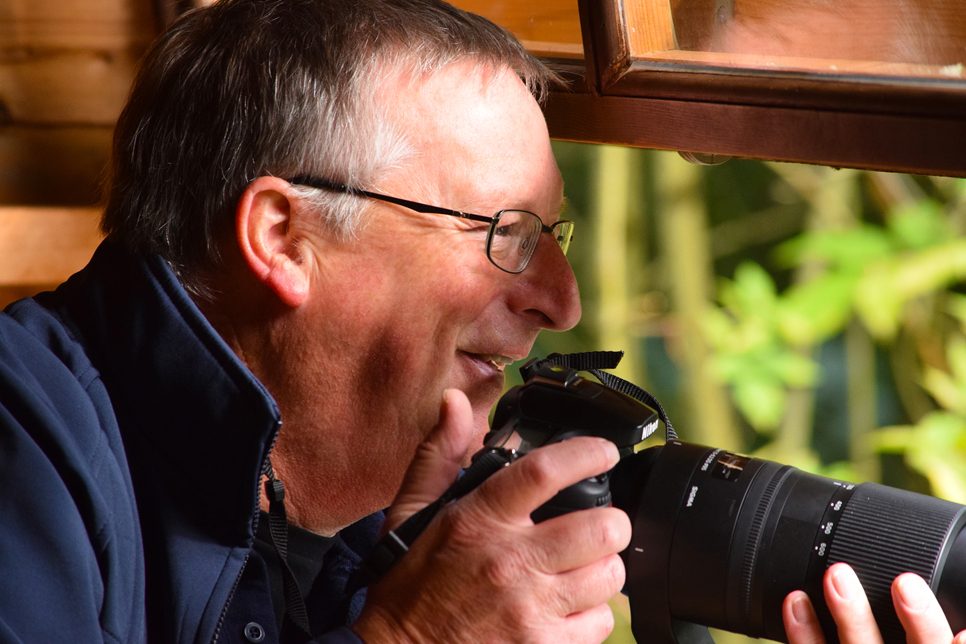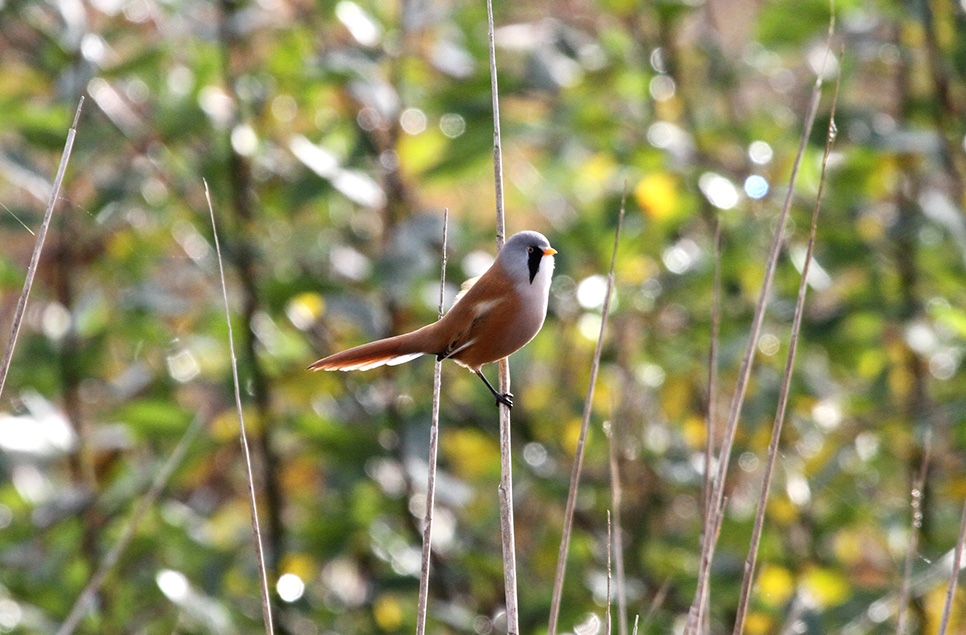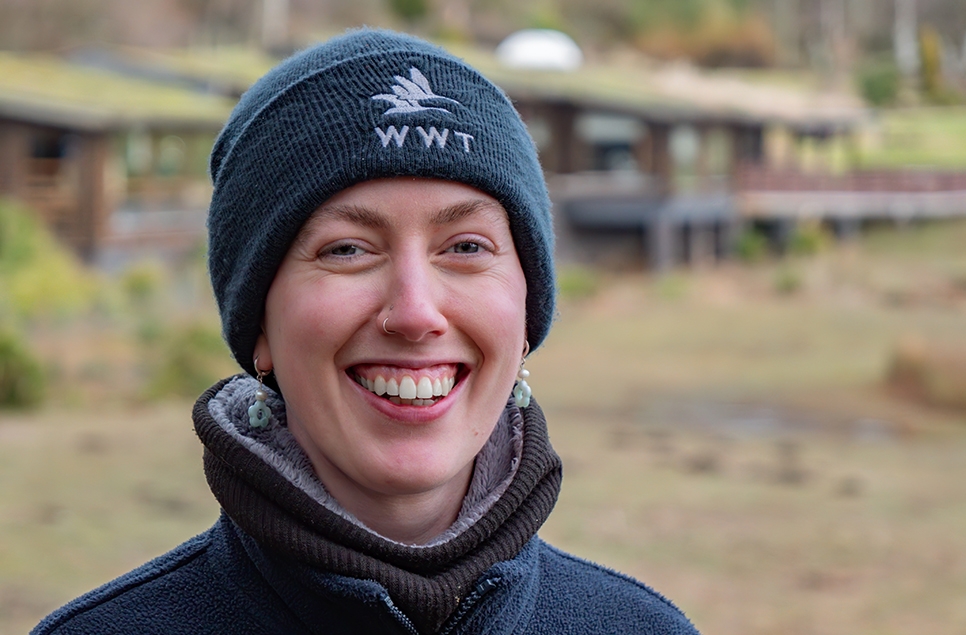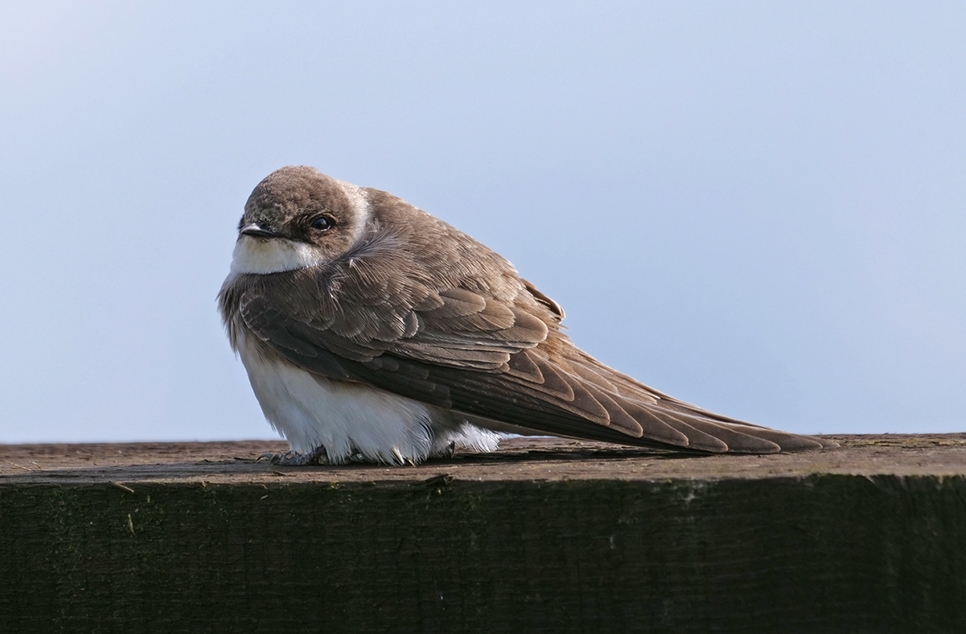WWT Washington welcome the return of common tern
Common tern numbers have been steadily building for the breeding season at WWT Washington Wetland Centre, following an outbreak of bird flu in 2023, which almost destroyed the colony.
The first common terns of the season arrived in April to WWT Washington’s largest water body, Wader Lake – a welcome sight for the team following a difficult year in 2023.
With previous year’s numbers reaching over 170 nesting pairs, it was a strong and highly successful colony, raising and fledging around 120 youngsters on average every year.
However, in the summer of 2023, our nature reserve was hit with Avian Influenza – or bird flu – which had a devasting impact on the water bird species around Wader Lake, and in particular the common tern colony.
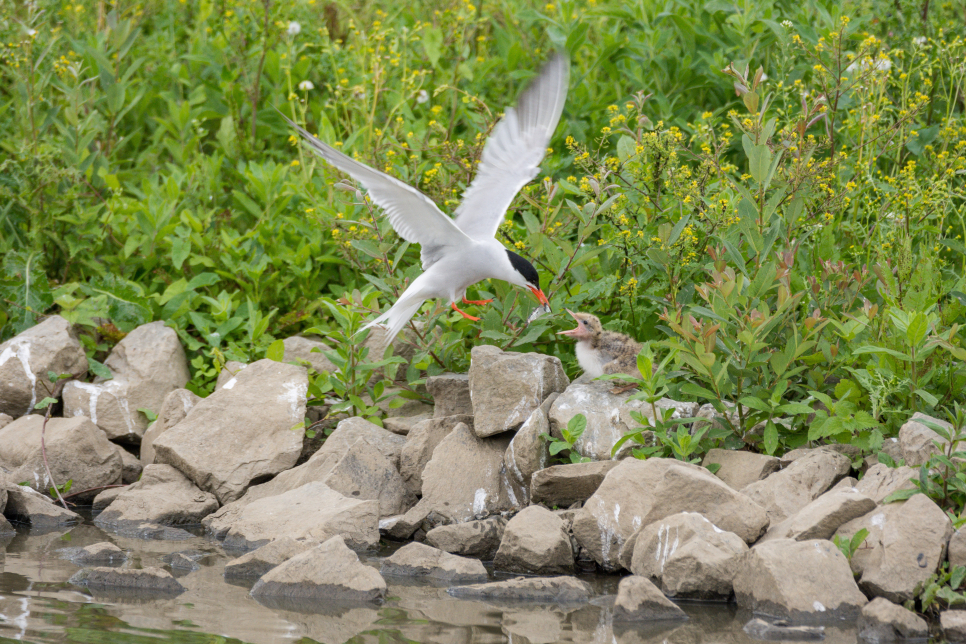
Reserve Manager John Gowland said: “Our team faced an incredibly difficult time when bird flu hit last year, and we were faced with the harsh reality of how quickly this disease can spread and impact certain species.
“Common tern were one of the main species affected on our reserve by bird flu, alongside black-headed gulls.”
WWT Washington recorded losing almost 300 birds over a 6-week period, with over 200 common tern among them. This was over half of the overall adult common tern population at WWT Washington and a devastating blow for this amber-listed species.
John continued, “We were out every morning before opening our centre to visitors to remove any that had died overnight. Some days we were seeing upwards of 30 or 40 adult birds every morning lost due to bird flu, with many chicks also unable to survive without their parents’ protection. It was a really distressing scene.
“It became too much for us to be able to continue doing daily alongside all the other daily tasks, and we had to take into consideration other nesting birds, so at the peak we decided to close the hides to visitors. This was to allow the birds that were still nesting time without being disrupted, but also to give the team a break during what was a very upsetting time.”
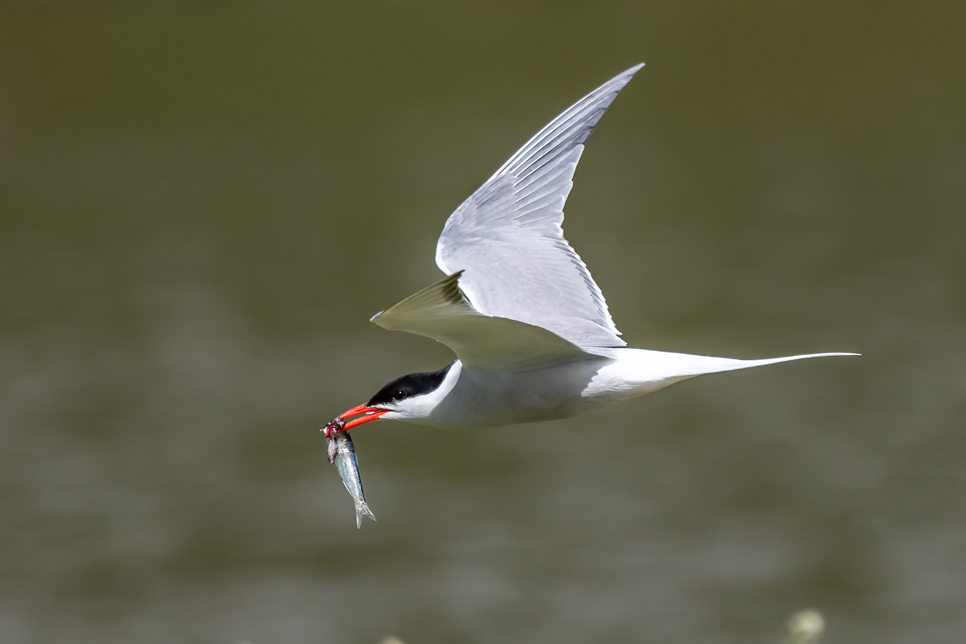
Awareness of bird flu has increased following news of over 3000 sea birds lost on the National Trust’s Farne Islands last year alone. People are more sympathetic now than ever to how difficult the situation is for these key bird species, and for the people that are working to protect them.
WWT has been monitoring the spread and impact of avian influenza for nearly 20 years and WWT Washington are part of research efforts seeking to understand the impact of bird flu on seabird and waterfowl populations.
So far this year our team at WWT Washington have been seeing 50-60 common tern daily around Wader Lake and the adjacent River Wear, with around 25 nesting pairs – although this is a fraction of previous years, it’s a promising start to the recovery of the species locally.
John finished, “We were really pleased to see common tern returning to our reserve this year. We weren’t sure what impact the past year would have had on the species overall or if there would be a level of immunity built, so it’s great to see them coming back once again.
“While we’re being cautious, we’re hoping to see some successful breeding this year to help build numbers up again of this incredible species.”
Common tern have been a key summer wildlife spectacle for many visitors to WWT Washington over the years. These agile seabirds breed in large colonies, nesting on the ground on pebbled shores and islands.
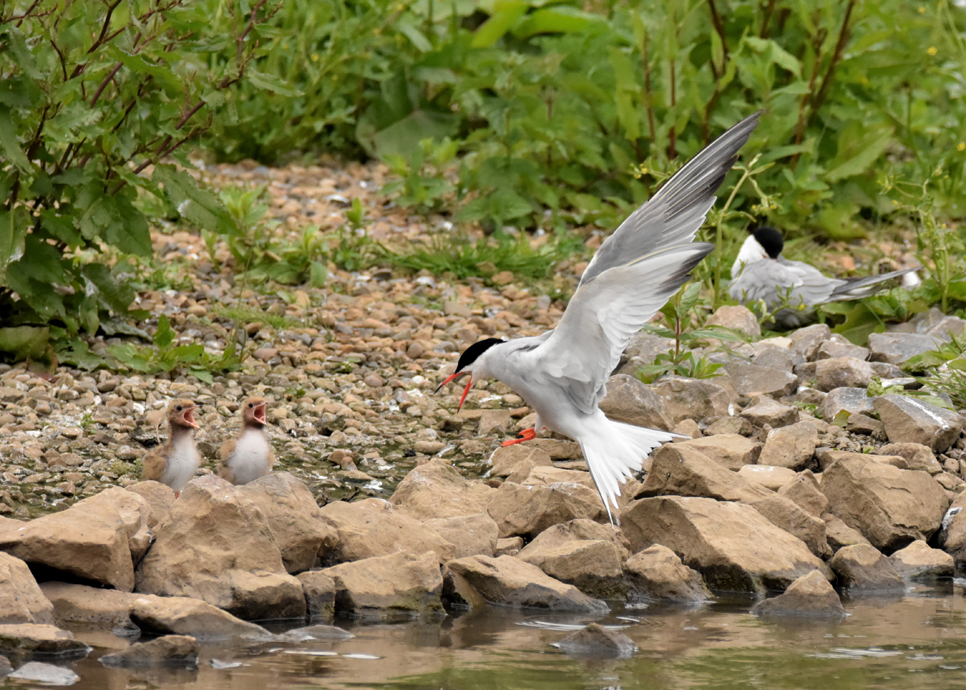
Staff and volunteers at WWT Washington have worked incredibly hard over the last several years adding new habitat to the lake to encourage common tern and other species to thrive. New shingle islands were introduced and covered with the perfect pea gravel habitat for them to nest and thrive.
These small but mighty birds also play a key role in the breeding of other bird species at the site, including the most northerly breeding colony of red-listed avocet in the UK. Common tern are excellent at defending their nesting territories from larger birds which may predate their eggs and young. They return to Wader Lake each year just as avocet are laying and incubating their eggs, offering them vital protection too.
Visitors can enjoy seeing common tern from Wader Lake’s Diageo and Paddy Fleming hides during the summer months, with noisy up-close encounters and aerobatic performances easily viewed as they nest, breed and raise their young.
WWT Washington will be monitoring the birds over summer and in the coming years, with the hope that the colony will begin to rebuild and thrive once again.
Ready to visit?
If you've been inspired to explore Washington Wetland Centre and look for sand martin, find out more and plan your visit online.
Plan your visit